Climate Change and Its Consequences on Human Health
Climate change, often seen as an environmental issue, is increasingly recognized as a critical public health challenge. Rising global temperatures, extreme weather events, and shifting ecosystems have far-reaching consequences for human health. This blog explores climate change’s direct and indirect health impacts, with case studies and actionable insights.
1. Direct Health Impacts
Heat-Related Illnesses
With global temperatures rising, heatwaves have become more frequent and intense. Prolonged exposure to high temperatures can lead to heat exhaustion, heatstroke, and exacerbation of cardiovascular and respiratory conditions. Vulnerable populations, such as the elderly, children, and individuals with pre-existing conditions, are particularly at risk.
Case Study:
During the 2003 European heatwave, over 70,000 excess deaths were recorded, primarily among older adults. The event highlighted the need for early warning systems and public health interventions.
Injuries from Extreme Weather Events
Hurricanes, floods, and wildfires result in injuries, deaths, and long-term health consequences. For example, floods can lead to waterborne diseases, while wildfires exacerbate respiratory illnesses due to smoke inhalation.
2. Indirect Health Impacts
Vector-Borne Diseases
Changes in temperature and precipitation patterns influence the distribution of disease-carrying vectors like mosquitoes and ticks. Diseases such as malaria, dengue, and Lyme disease are spreading to new regions as vectors adapt to warmer climates.
Food and Water Security
Climate change affects crop yields and food distribution, leading to malnutrition and undernutrition. Droughts and floods also compromise water quality, increasing the risk of diarrheal diseases.
Mental Health
The psychological toll of climate change is significant. Natural disasters, displacement, and uncertainty about the future contribute to stress, anxiety, and depression.
3. Disproportionate Effects on Vulnerable Communities
Low-income communities, indigenous populations, and those in developing countries bear the brunt of climate change’s health impacts. Limited access to healthcare, resources, and infrastructure exacerbates their vulnerability.
Example:
In Bangladesh, rising sea levels have led to increased salinity in drinking water sources, resulting in widespread health issues like hypertension and pre-eclampsia among pregnant women.
4. Public Health Interventions
Early Warning Systems
Improved forecasting and communication can help mitigate the health impacts of extreme weather events.
Healthcare System Adaptations
Hospitals and clinics must be prepared to handle climate-related health emergencies with adequate resources and training.
Policy Actions
Global policies like the Paris Agreement aim to limit global warming, while local actions focus on reducing carbon emissions and promoting sustainable practices.
5. Call to Action
Individuals can contribute by adopting sustainable practices like reducing energy consumption, supporting renewable energy, and advocating for climate policies. Public health professionals must collaborate across disciplines to address the health impacts of climate change effectively.
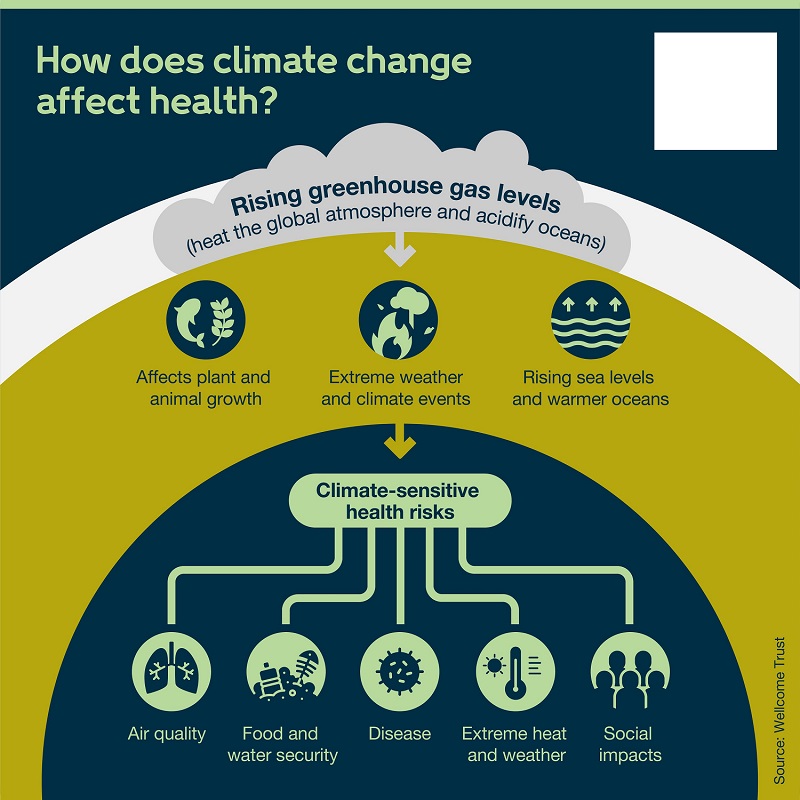

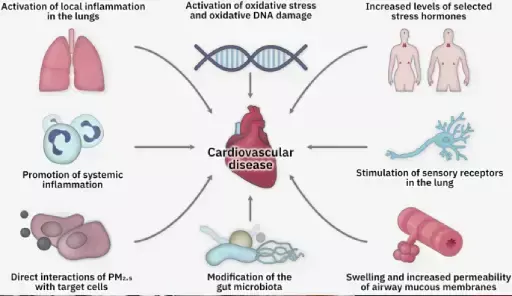
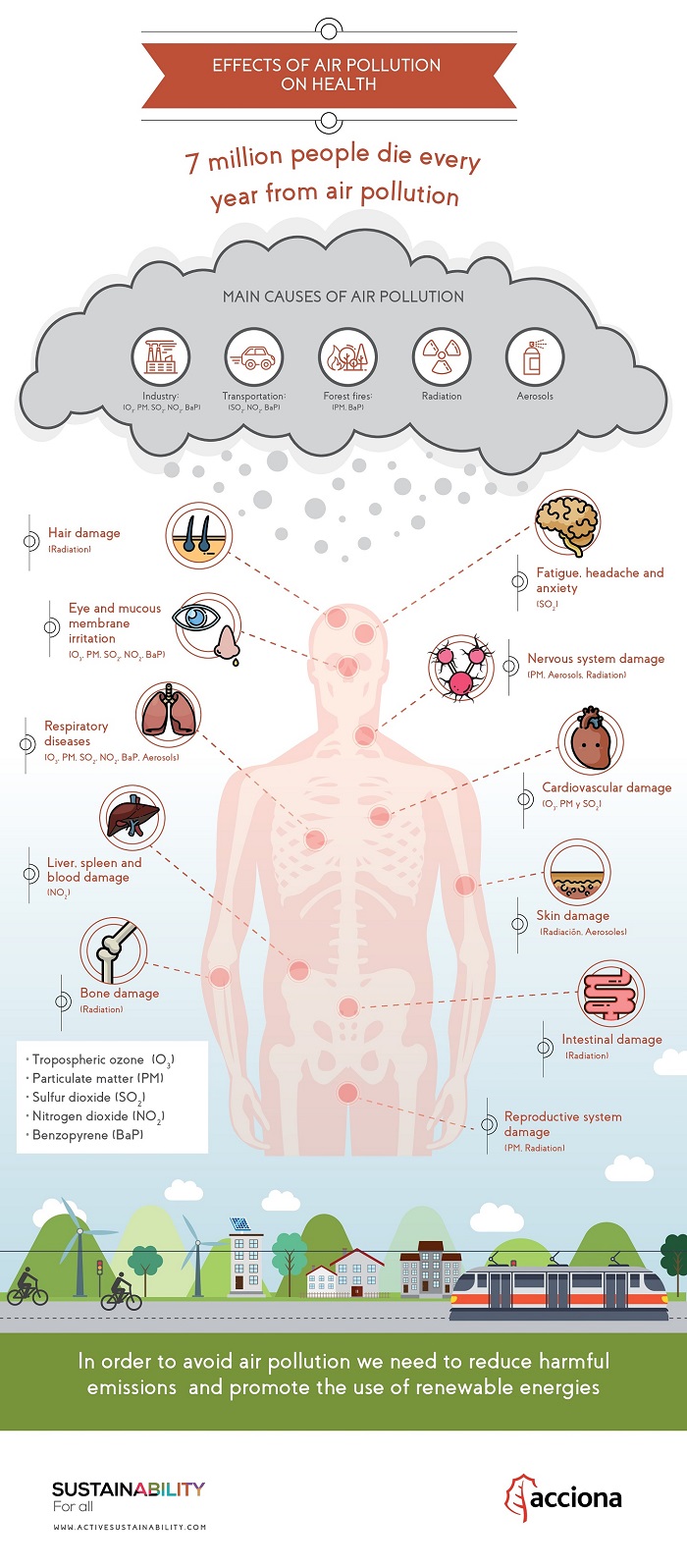
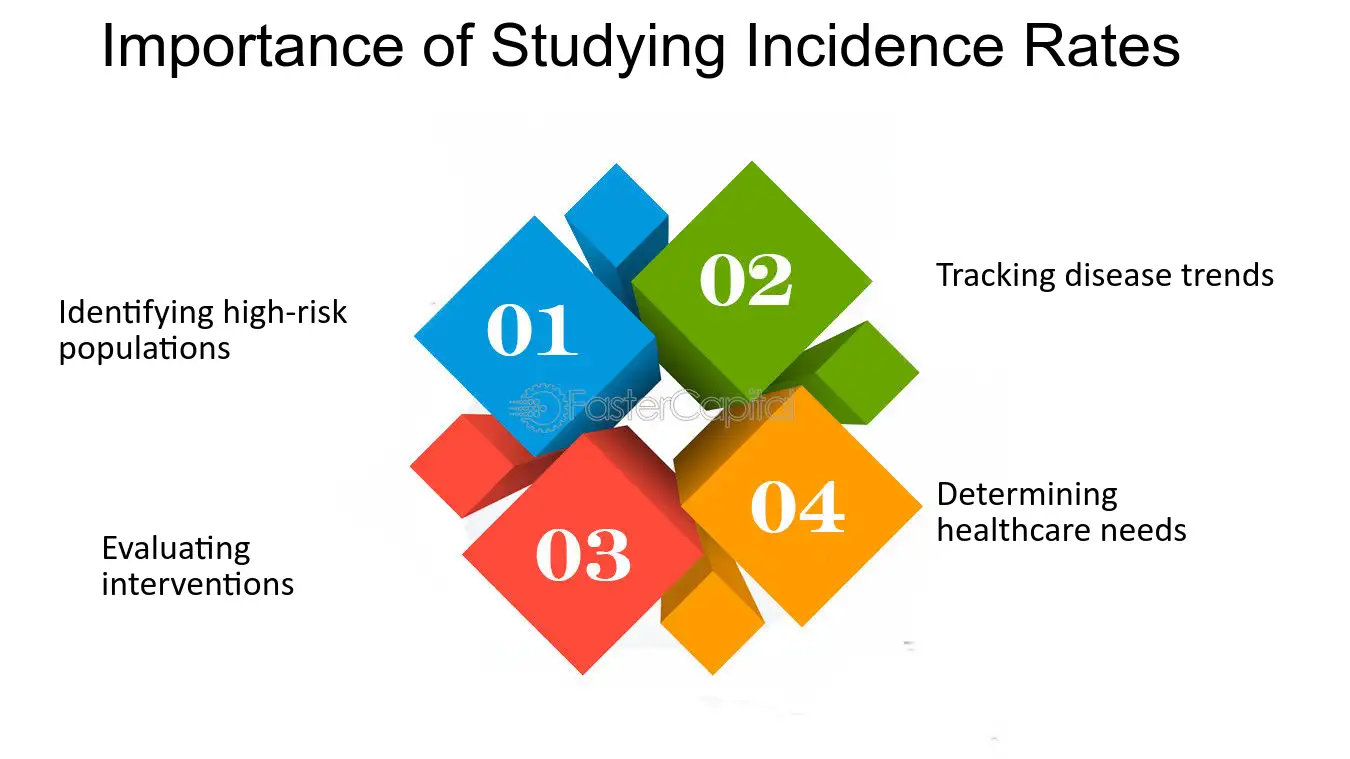
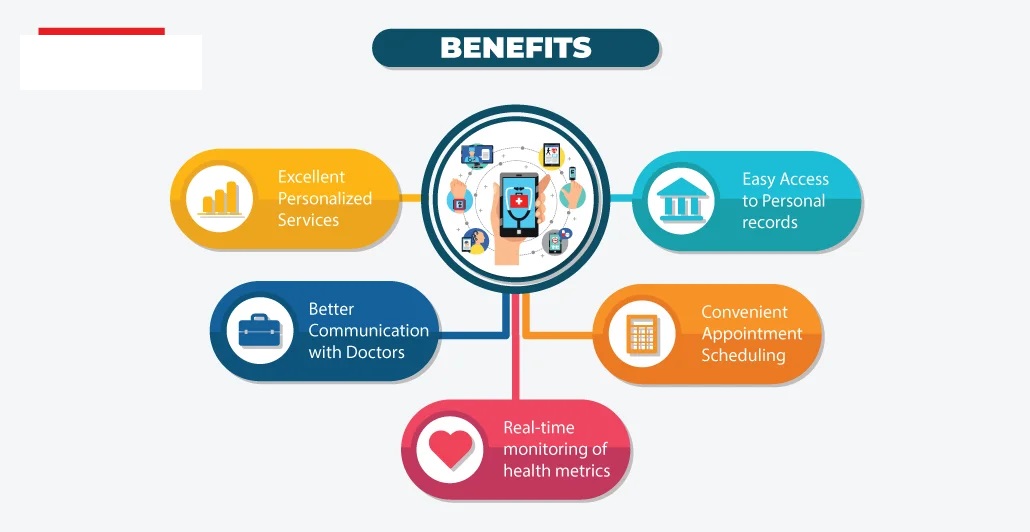
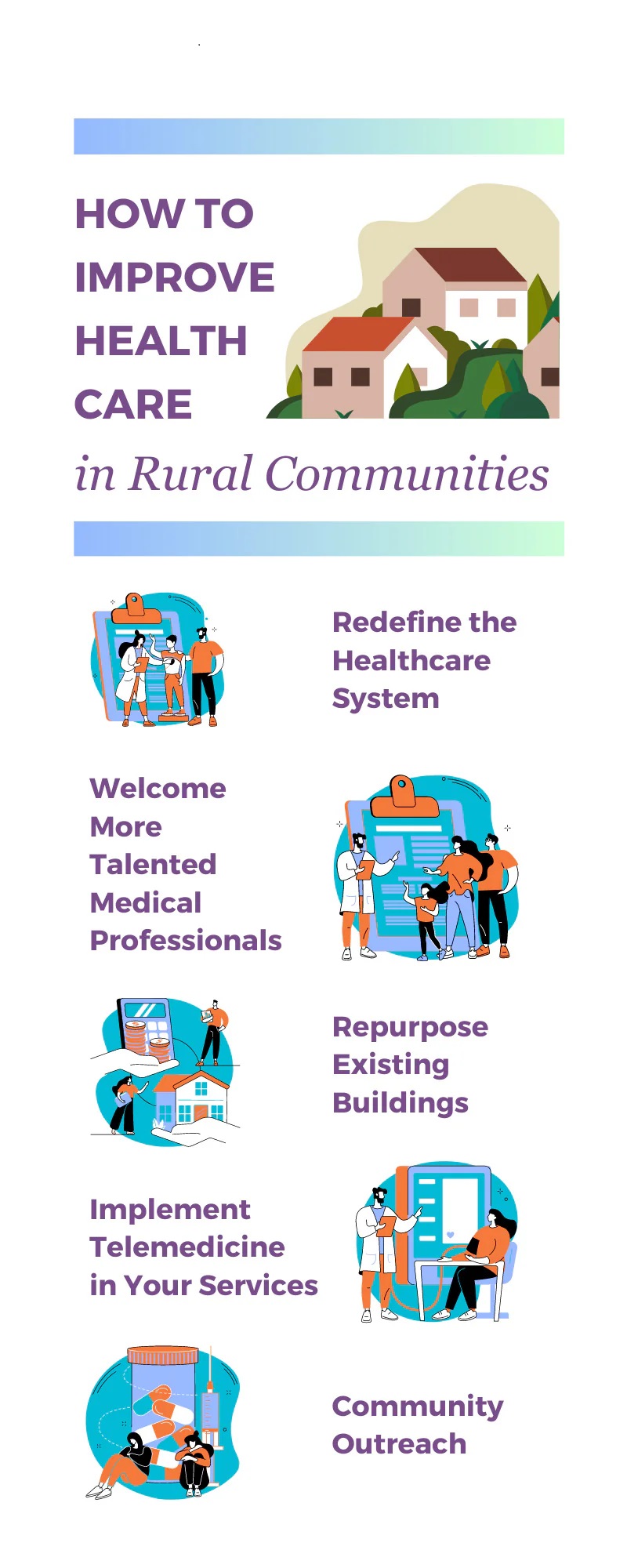








Leave a Reply